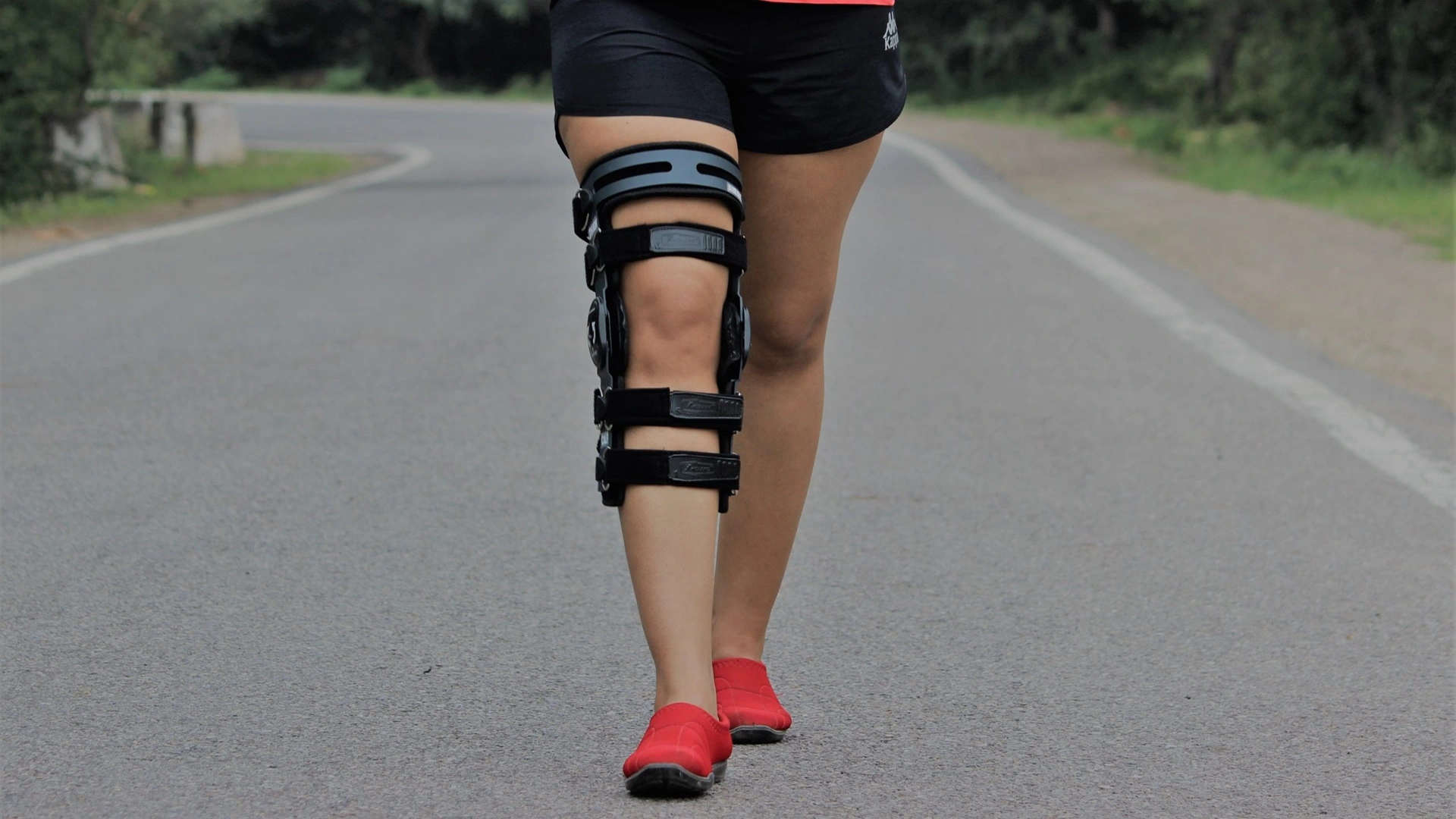We are aware of knee braces and their use in protecting our joints. Knee braces and knee caps are probably the handiest joint guarding equipment out there. Not only are they easy to use but they are also available in every other sports and pharmaceutical outlet.
When talking about orthopedic knee braces, they offer extreme reliance on the support and protection they provide for not only minor knee-related pains but also in severe cases of instability. Orthopedic Knee Braces sit towards the top when considering the hierarchy as they are suggested and are usually used for serious knee injuries and problems. The purpose of these braces is to limit the movement of the leg in order to minimize the amount of pressure on the affected area. Ligament tears, ACL reconstruction, MCL ruptures, or probable tears are a few of the injuries where a knee brace is suggested. They are also useful during the period of nursing and recovery as they offer immense support to the leg.
The reason knee braces are commonly recommended is because of how easy they are to apply and the amount of support they provide despite being easy to use. Orthopedic knee braces come attached with hinges that offer not only overall stability but also sideways stability; providing a much more balanced movement control. Thus, preventing any array of hyperextension. When talking specifically about orthopedic knee braces, they can be costlier than wrap-around knee caps or pull-up knee sleeves but the amount of support and rigidity they provide against the non-specializing knee braces can be easily noticed upon the first try.
When to Wear an Orthopedic Knee Brace?
Orthopedic knee braces aren’t as inexpensive as the regular drug store braces which means a proper thought-out action needs to occur before deciding to put on one. In addition, knee braces can severely limit the movement of the limb when compared to standard sleeves. If you have used a knee brace in the past and are feeling mild pain or discomfort in the knee currently, you can start using a knee brace without a second thought. Knee braces are support systems and they can help prevent anything major prior to your orthopedic visit.
If you have never experienced anything severe to wear a knee brace and are experiencing an aggravating situation; it is advised to quickly seek out an orthopedist who can recommend a specialized knee brace for your situation. These braces are also used by several athletes and patients trying to recover and heal from a problematic knee situation. Orthopedic knee braces are commonly used during the treatment of baker’s cysts, knee arthritis, ligament problems, knee instabilities, patella fracture, tendonitis, and other situations.
How Tight Should the Knee Brace Be?
To let the knee braces do their job, they need to be applied a little tightly. But, even though they are known to restrict movement, they should not limit basic necessities. The agenda of a knee brace is to minimize any kind of unwanted force so if you are wearing a brace, then the chances are that you can exert your own body weight on your foot; anything more than that is unwanted and that is where the knee brace comes in. These devices provide compression to the affected area and support the knee. Since, knee braces also help in regulating proper blood flow, if you feel like the blood flow in the applied area is hampered then the chances are that the knee brace is too tight. Many physicians are willing to size and customize or recommend a brace to you according to your situation.
Do Orthopedic Knee Braces Actually Work?
Yes, orthopedic knee braces work on what they are designed to do. All they demand is proper application and consistency. In several cases, they have shown to be a reason for improved confidence amongst highly rated athletes in premium sports leagues.
Can You Wear Knee Braces Over Trousers or Jeans?
Yes, as long as you make sure that they are firmly worn and their positioning won’t change with the movement of your leg.


